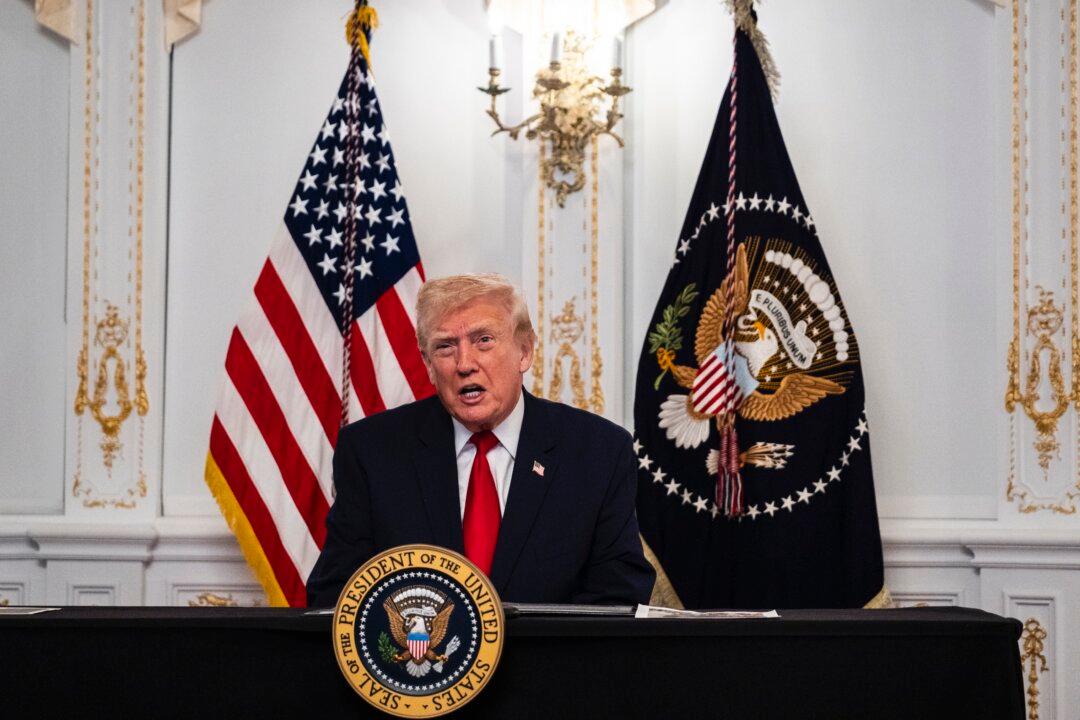NEW YORK—Cotton is a key input to the apparel industry and producing it accounts for 2.6 percent of global water use. For just one T-shirt made from conventional cotton, you need 2,700 liters (713 gallons) of water, and a third of a pound of chemicals. With sustainability becoming increasingly important, particularly to millennials, some designers want to make garments that are truly sustainable. The only problem is, they don’t know where the cotton comes from.
“Of course nobody can really tell you who the cotton farmers are,” said founder and CEO of Sourcemap Leo Bonanni. “That’s because there’s hundreds of thousands of them,” he said of the farmers. Sourcemap is a new tool that maps the supply chain from beginning to end automatically based on your purchasing data.





